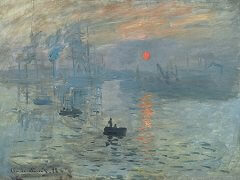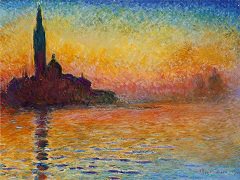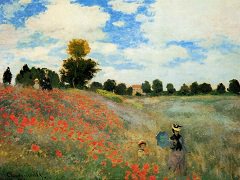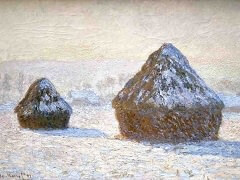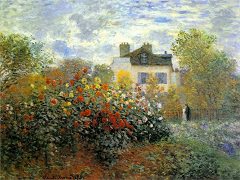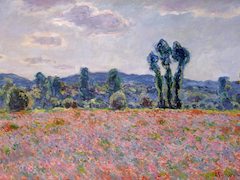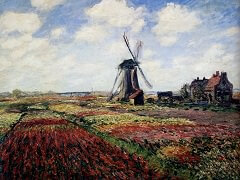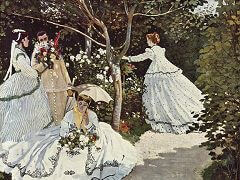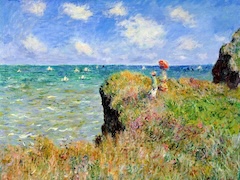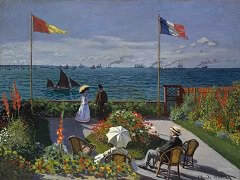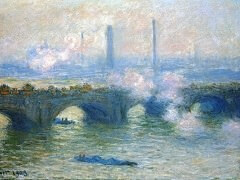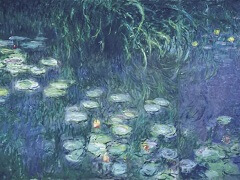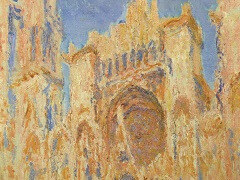Water Lilies at Sunset, 1914 by Claude Monet

When Monet came back to his water lily paintings in 1914 following the death of his beloved wife Alice in 1911, he made some radical changes in his approach, namely in the scale of the canvases. They were monumental in scale most measuring around two metres (six feet) square. He also changed his palette and used brilliant spots of color to suggest the flowers.
Monet was a painter of impressions to the end, his last 30 years of painting devoted to the depiction of light and reflection on his pond. The depths beneath the surface of the water and the space behind the picture frame were of utmost importance to him and he finally dispensed with frames altogether, so his paintings could become a continuum of the world around him. His avant-garde approach and his extraordinary use of paint and color began the trail for subsequent art movements: his contemporary Paul Cezanne and Van Gogh became affiliated with Post-impressionism; Henri Matisse (1869-1954), who had studied Monet, become of the first of the Expressionist artists: while Whistler was associated with the Symbolists.

